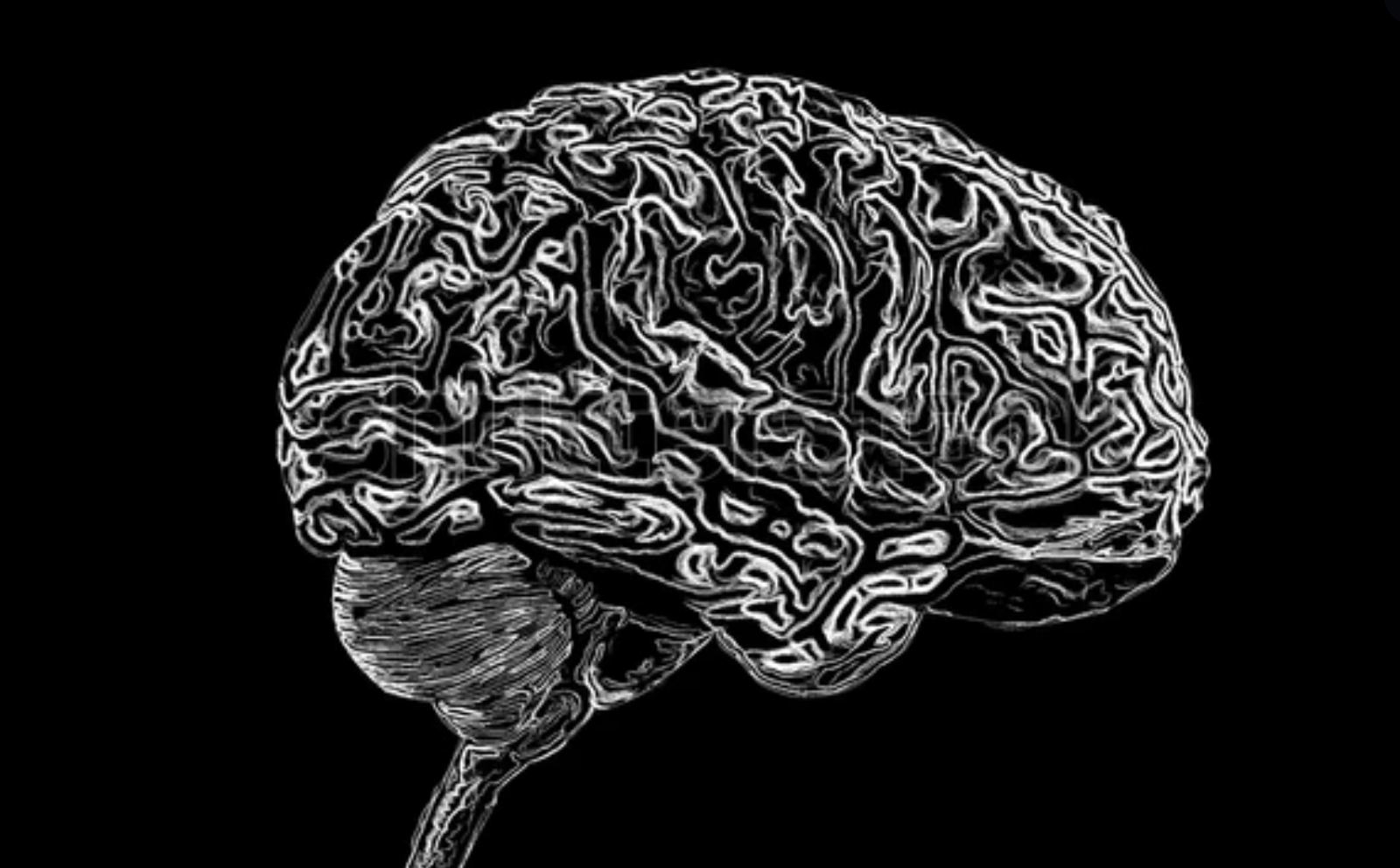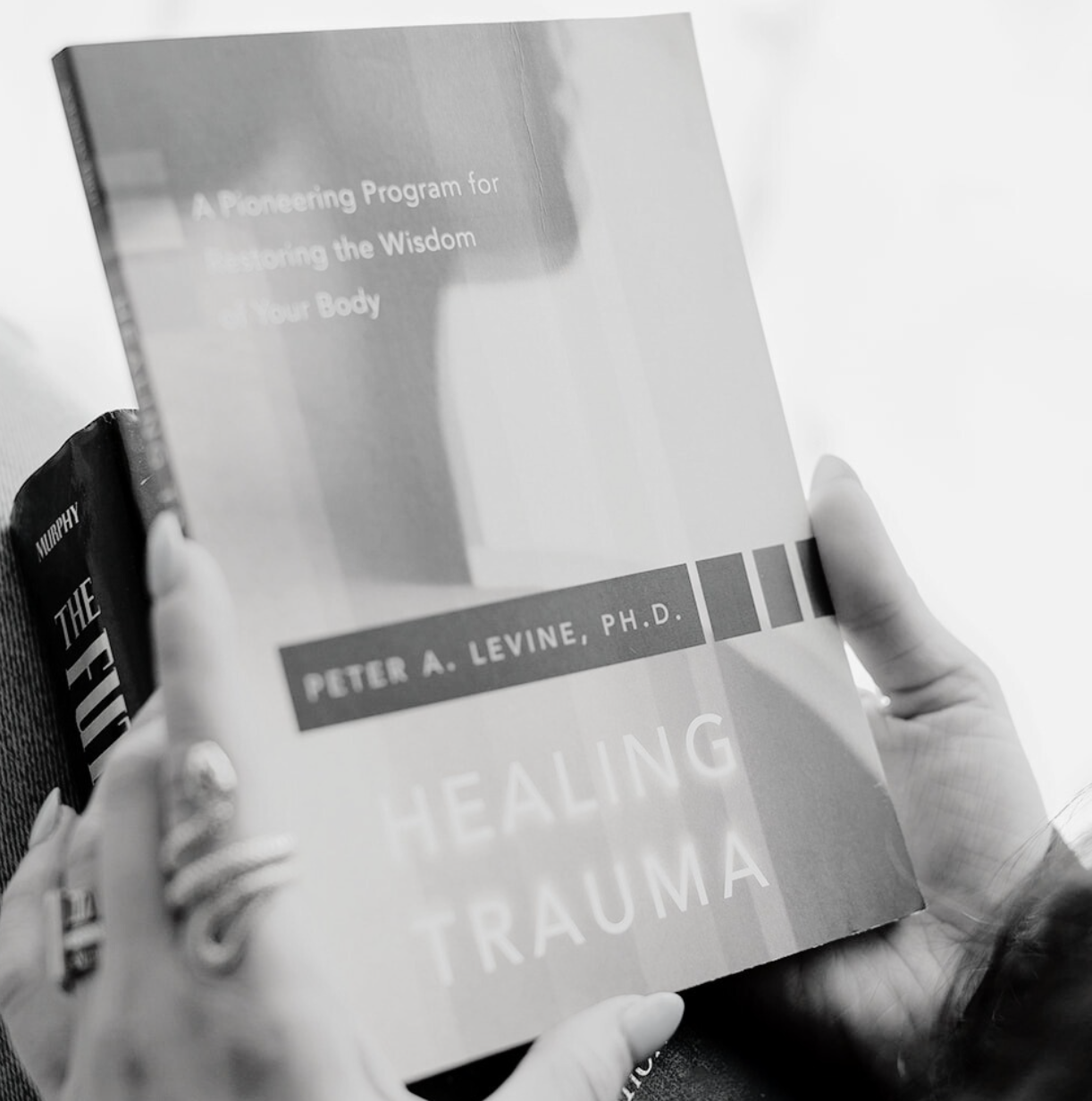Who Am I?
Rather than start with all the credentials I’ve collected over the years, I want you to know I’m not only a trauma survivor, but thriver. I’ve experienced traumas and adversity, including sexual abuse, cult religious trauma, a violent assault causing a severe brain injury, and abusive & toxic relationships to name a few. These traumas along with genetic defects, unrelenting stress and chronic self-punishment led to a life battling a myriad of mental and physical health problems.
My struggles included anxiety, suicidal depression, severe chronic pain & migraines, allergies and autoimmunity, an eating disorder, numerous addictions including drugs, codependency, workaholism, and ultimately a mitochondrial illness that impacted every organ and cell of my body and had me bedbound. I understand pain, trauma, suffering, and feeling like you’ll never get better. I also understand negative coping mechanisms, vicious endless cycles, trauma responses, limiting beliefs and counter-intuitive mindsets that feel impossible to escape. But I did get better, and I did escape that old version of me by taking a full mind & body approach to healing!
Now, I’m obsessed with helping others heal too. My journey to find healing was what led me to all the work I do today. To hear my full story click below...













